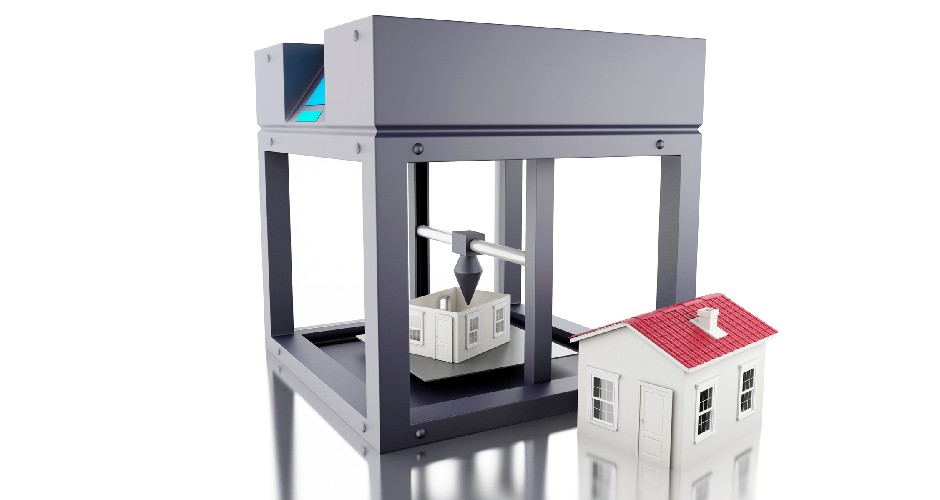Building in 3D

Traditionally, the construction sector has not been known for being very innovative. But in the 21st century, it seems that this trend has been reversed and the sector is implementing novel techniques, such as 3D printing applied to construction.
3D printing is a relatively young technique, although not as young as we think. It was in 1983 when Charles W. Hull created the first piece with this system. Nowadays, the technique has improved so much that almost everything we can imagine can be created. From homemade objects, special components, models or prostheses to human organs.
This system of creation has been applied to almost all sectors. And its advantages are many, starting with immediacy, economic savings and customization of the final result. But there is one sector in which it is now beginning to stand out: construction.
The first construction in 3D printing on record dates back to 2004, when Behrokh Khoshnevis, a professor at the University of South Carolina, built a wall. The reality in 2021 is that countries such as China and Saudi Arabia are starting to build 3D printed houses, although it must also be recognized that they are the instigators of this new technology in the field of construction, because other countries have not yet opted for this technique
In Spain, Be More 3D, startup directed by 4 technical engineers in Valencia, was the first to build a house with this method. Vicente Ramírez, CEO of the company, explains that they have the capacity to build a house in just 6-8 hours, with complex architectural designs such as triangular shapes or curved formwork, really complicated in traditional construction. Apart from saving up to 35% of the costs of construction execution, reducing CO2 emissions, waste and labor risks, it is a perfect technique for immediate execution constructions, such as field hospitals in times of pandemic.
This type of construction has the big obstacle right now of the construction in height, since it would require a multi-floor printer, of which there are only prototypes at the moment. In addition, in Be More 3D they want the printer ink to have more ecological materials, since currently microconcretes are used with a higher amount of cement than in conventional construction, but suitable to pass through the printer.
These printers have created a certain stir among the more traditional people in the sector because they are worried of humans being replaced by machines. Ramírez states that only the structure of the houses is printed and must be finished by hand, i.e., masons, plasterers, electricians, etc., are still needed.
New buildings are changing and, therefore, the construction sector in general. Construction seems to be evolving towards a profession where the heavy tasks are carried out by machines and the design tasks are carried out by humans.
